The Panasonic DMC-FS30 may have debuted in 2010, but in 2025 it still intrigues retro-digital enthusiasts, students, and creative photographers. Let’s explore what makes this compact camera still relevant — and fun — today.

A Short Background
Released in 2010 as part of Panasonic’s P cameras line, the DMC-FS30 was originally a family-friendly, affordable point-and-shoot. It carried a 14.1MP CCD sensor, an 8x optical zoom that reached the equivalent of 28–224mm, and a compact build perfect for travel.
Back then, this camera was a strong partner for vacations, casual outings, and everyday snapshots. Today, it holds a new kind of appeal: its CCD sensor delivers a look that feels nostalgic alongside the convenience of quick digital shooting.
I remember family trips in the early 2010s when compact cameras like this were always slipped into a pocket or small bag. Their simplicity made capturing moments effortless, without stressing over settings or draining a phone battery.
Key Features Explained
CCD Sensor Charm
The 14.1MP CCD sensor is not about sharpness alone. Photographers seek out CCD-equipped cameras for their saturated color rendition and organic-looking images. In low light it can be noisier, but in 2025 that’s part of its retro digital style.
Optical Zoom Advantage
The Leica DC Vario-Elmar lens offers an 8x zoom range. Unlike digital zoom on smartphones, this allows you to frame shots with true optical reach, making it excellent for portraits, street, and travel imagery.
Other Practical Specs
With a 2.7-inch LCD screen, 720p video recording, and a replaceable rechargeable DMW-BCF10 battery (still available aftermarket), it remains fully functional for modern creative use.
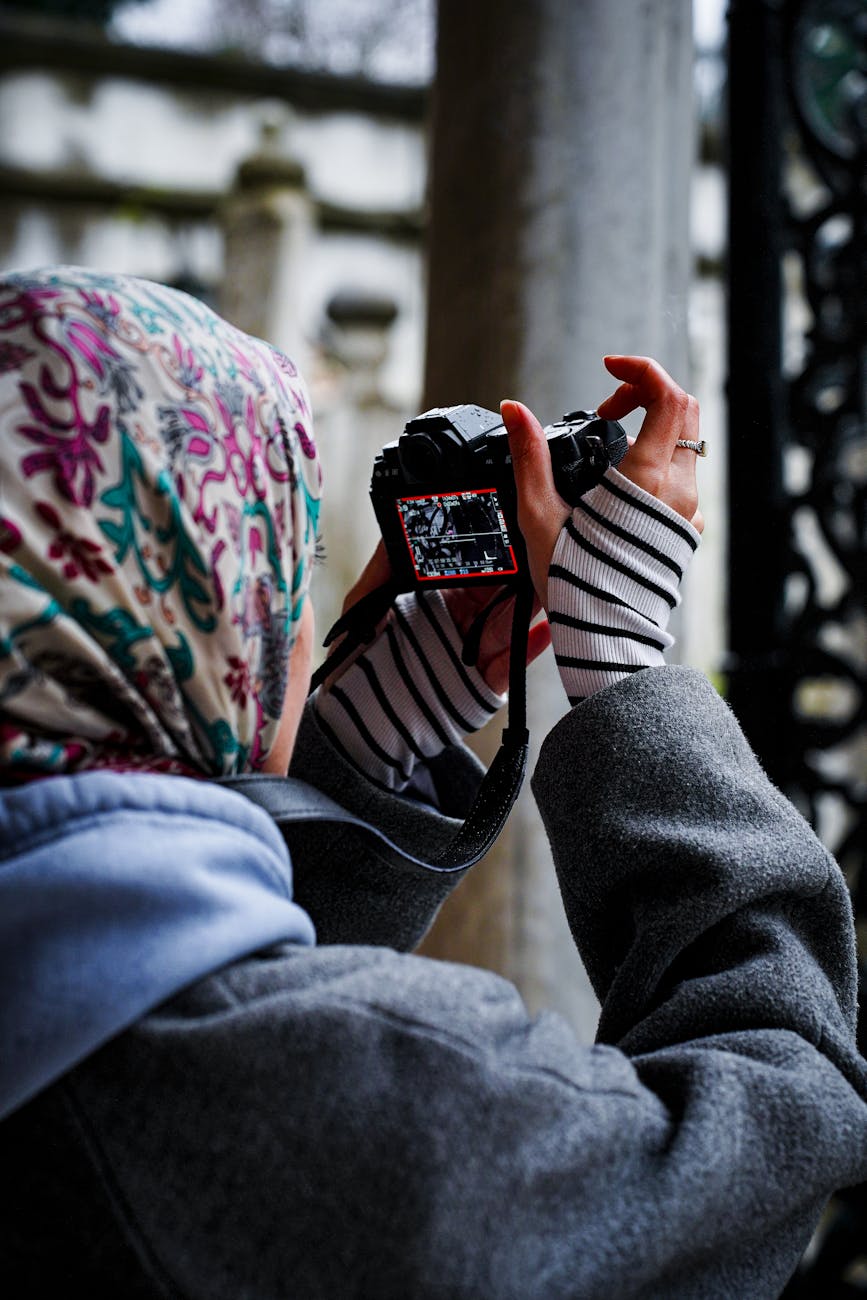
Who Will Love It Today?
- Vintage digital enthusiasts looking for the CCD look and feel.
- Street and travel shooters who want a low-risk, portable camera for spontaneous capture.
- Content creators who want the lo-fi aesthetic for TikTok or YouTube projects.
- Students seeking an affordable way to explore photography basics.
Creative Ways to Use the FS30 in 2025
- Street photography in a discreet size, ideal for candid scenes.
- Lo-fi video projects with nostalgic character.
- As a travel backup when your smartphone battery runs low.
- Experimenting with digital aesthetics by embracing intentional grain and color shifts.

How It Compares in 2025
Compared with smartphones, the FS30 won’t win in pure resolution or low-light performance, but it does give you true optical zoom and that CCD signature rendering. Against C cameras available today, it feels modest but costs far less. And in contrast with popular film compacts, the FS30 echoes a similar nostalgic aesthetic — without the ongoing film and processing expense.
Buying Checklist for a Second-Hand DMC-FS30
If you’re looking for a D camera like the FS30 today, here are practical checks to make during inspection:
- Check battery holds charge for at least 100 shots.
- Test lens zoom smoothness and ensure no grinding noises.
- Inspect LCD for cracks, fading, or dead pixels.
- Test the shutter button for reliable half-press focus and capture.
- Confirm SD card is read/writing correctly in-camera.
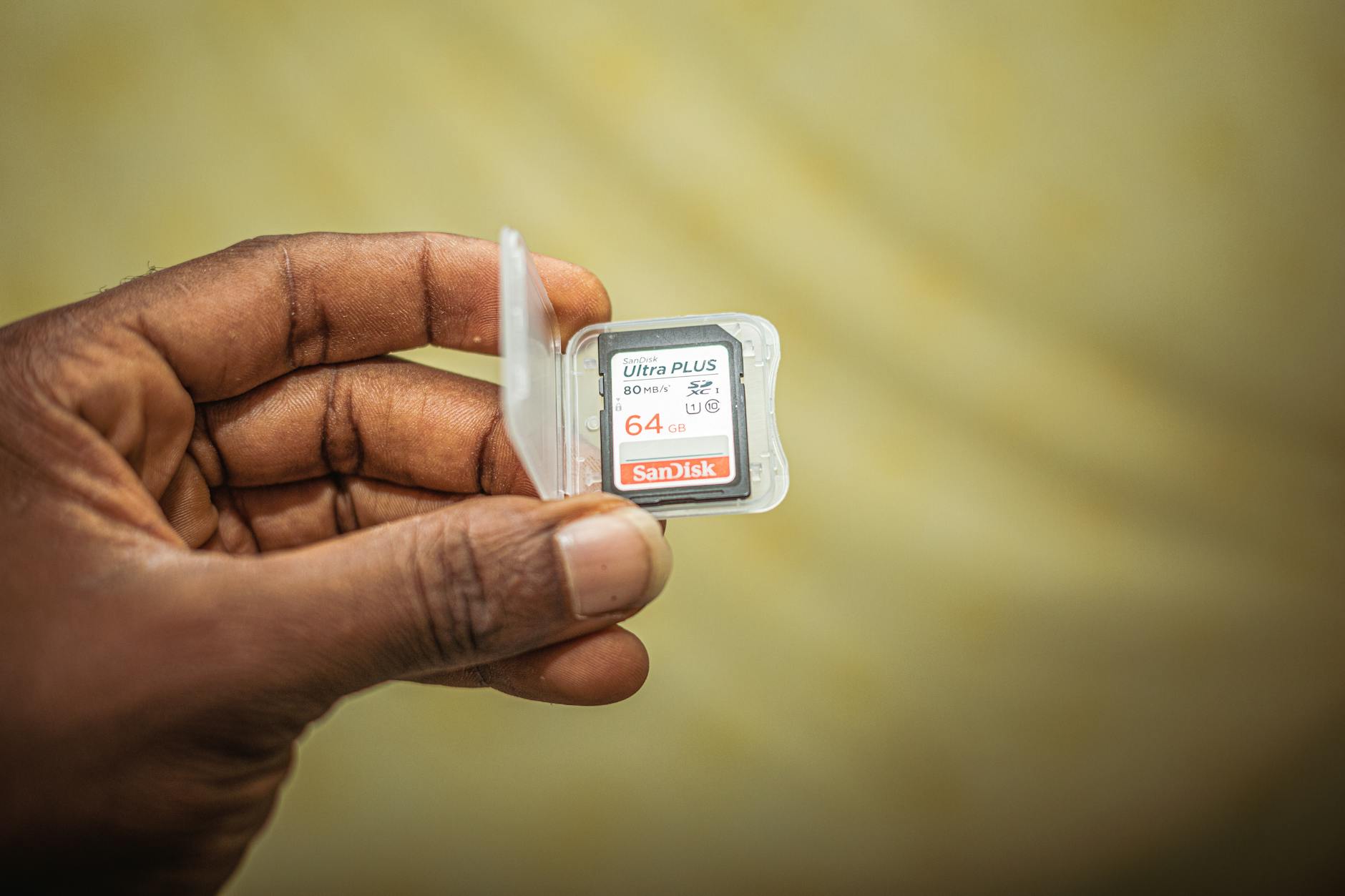
Accessories and Workflow Tips
- Third-party batteries for the FS30 are still commonly available.
- Use compatible SD or SDHC cards up to 32GB for smooth performance.
- Shooting JPEGs lets you enjoy a minimal editing workflow.
- Try enhancing retro-look videos with VHS or CRT-style filters in post.

Final Thoughts
The Panasonic DMC-FS30 is not a powerhouse camera. It doesn’t need to be. What it offers in 2025 is portability, affordability, and a stylistic alternative to the hyper-polished images from modern smartphones. It’s a second-hand gem that rewards experimentation and creative play.
Carrying a small camera in your pocket, ready to grab spontaneous street shots, is an empowering feeling. It lets you notice and capture scenes you would otherwise walk past.
Think of it not as competition to your phone, but as an extra creative tool — one with real optical zoom, a retro rendering style, and a dash of digital nostalgia.
FAQs
Is the Panasonic DMC-FS30 still usable in 2025?
Yes. With fresh batteries and SD cards, it remains perfectly usable for both photography and lo-fi style video projects.
What should I check before buying a second-hand FS30?
Battery health, zoom lens smoothness, LCD quality, and shutter responsiveness are the essentials to test.
Does the FS30 produce better images than a smartphone?
Not in resolution or low-light performance, but it does deliver true optical zoom and CCD image character that smartphones lack.
How much should I pay for a Panasonic DMC-FS30 today?
Typically, it’s a very affordable option depending on condition, making it a strong choice for anyone seeking a unique digital compact.




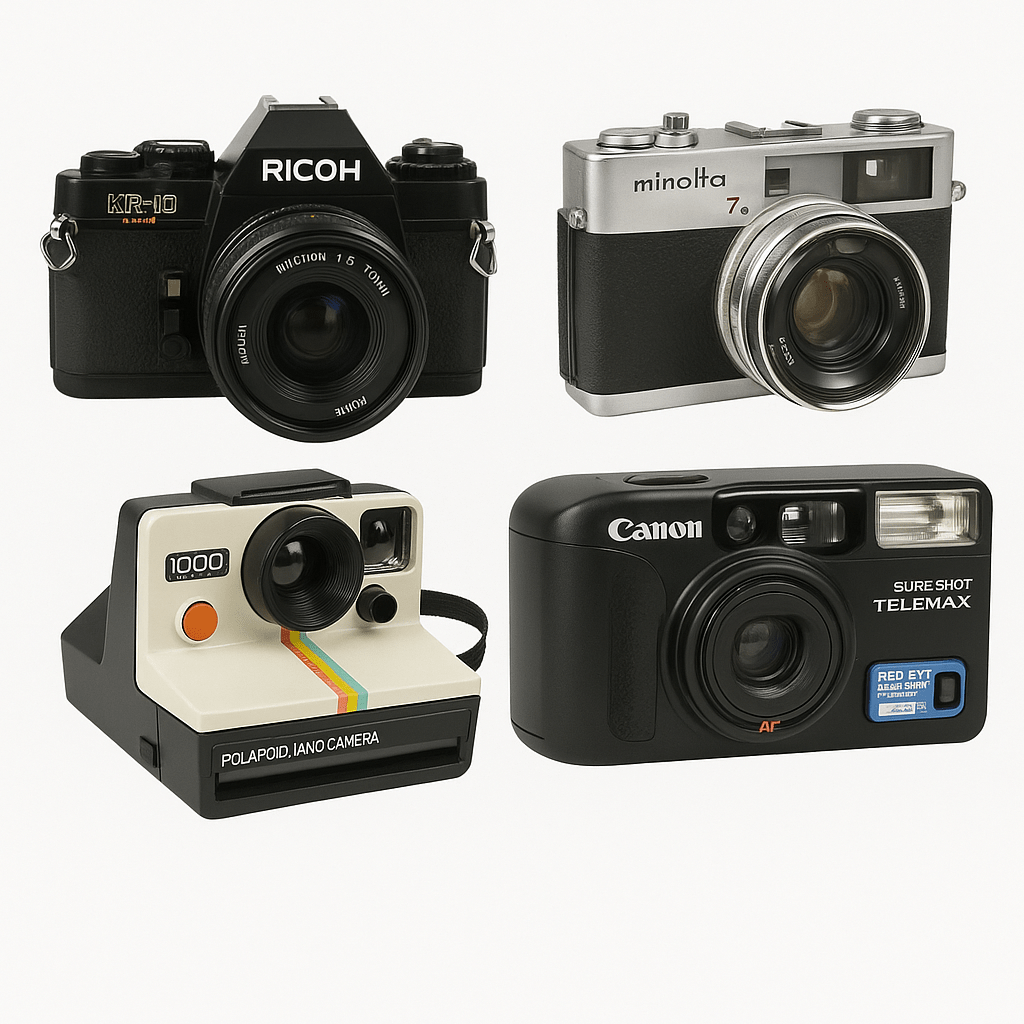
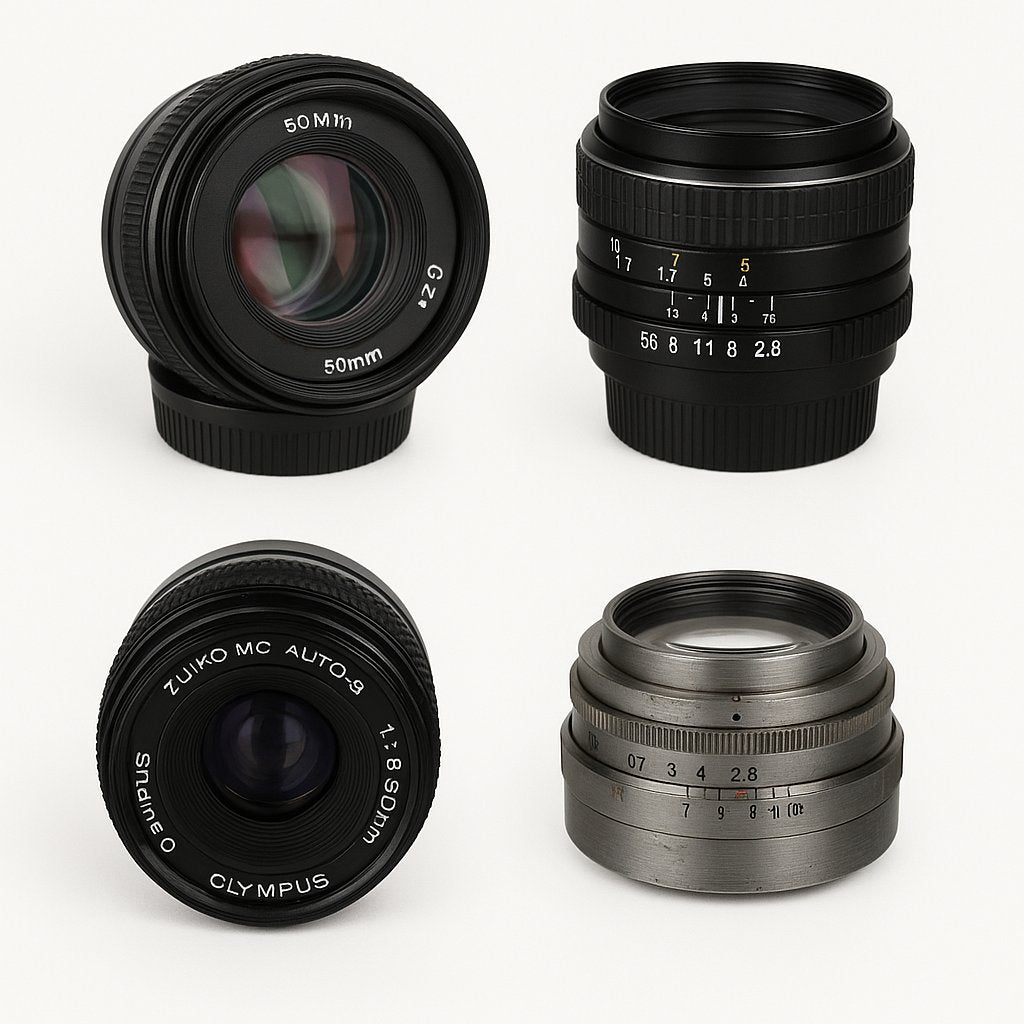
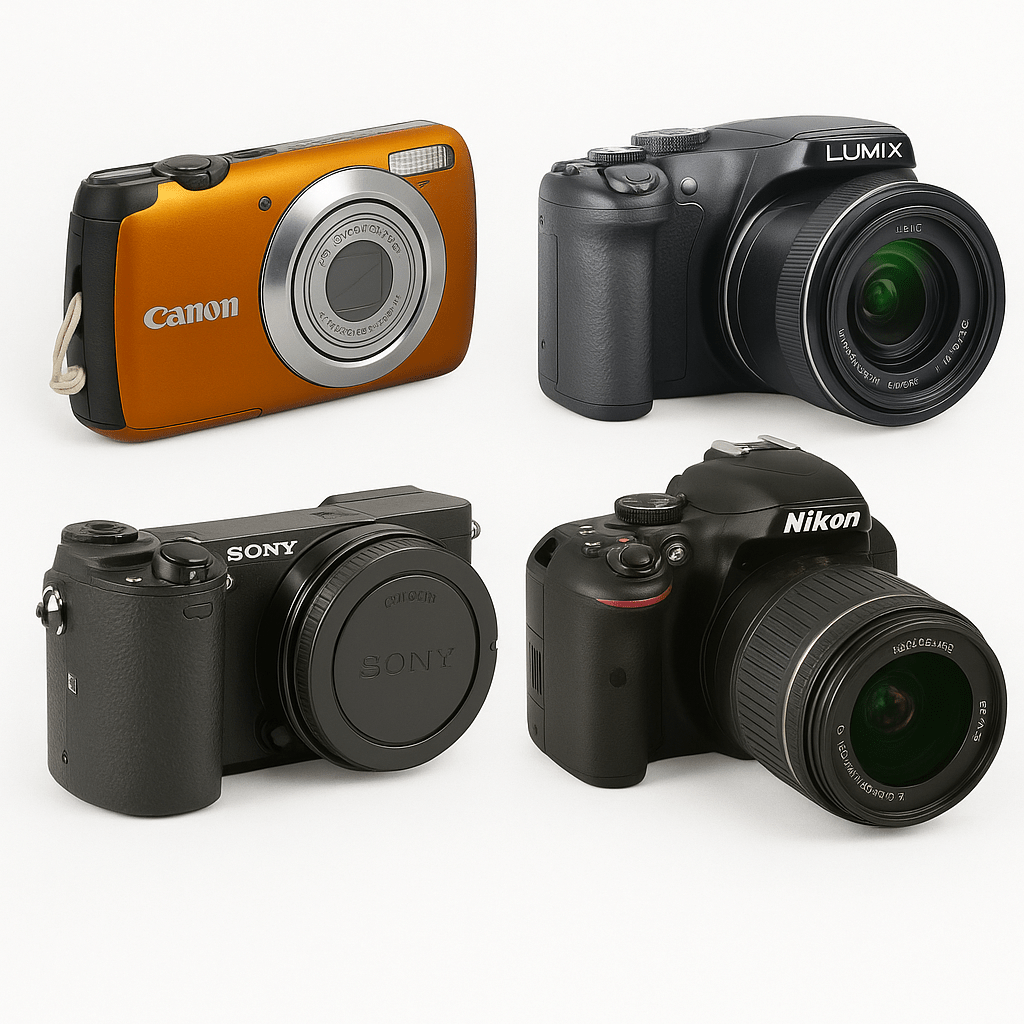
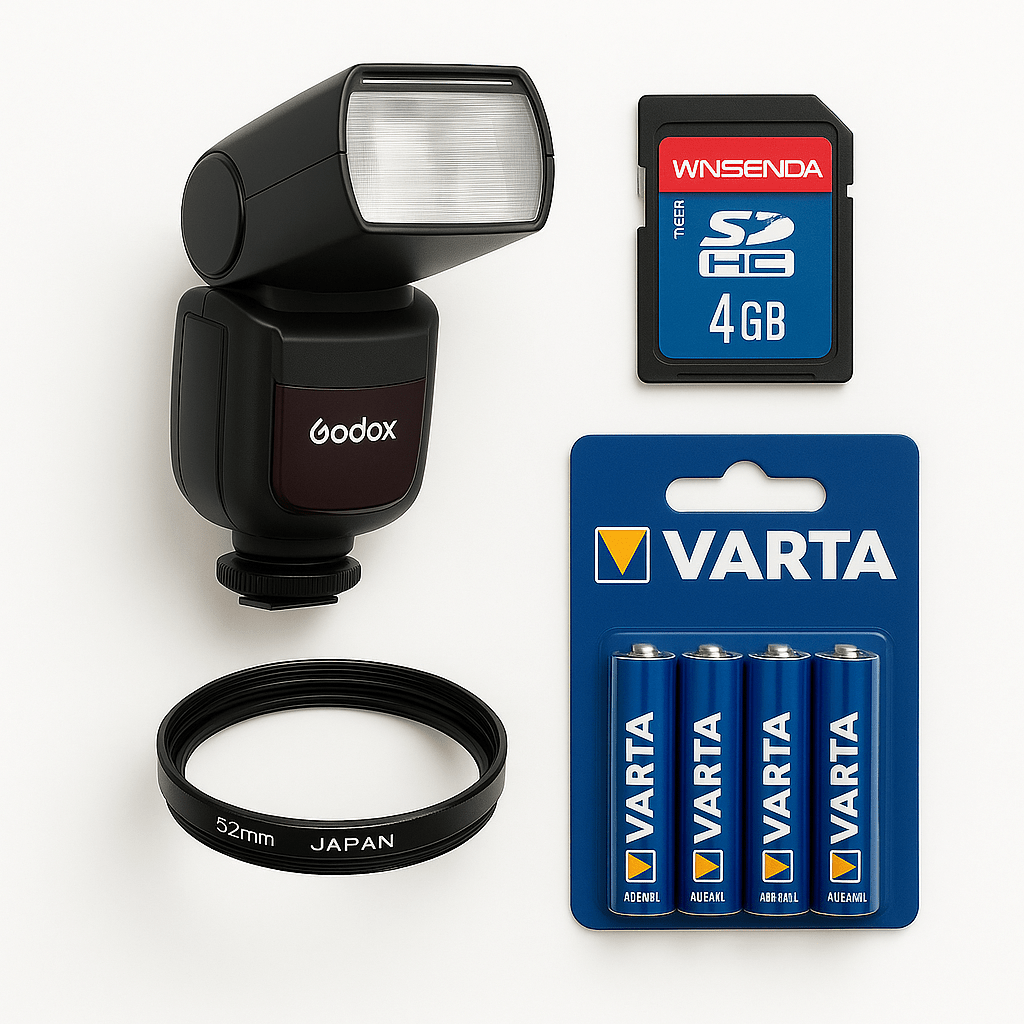
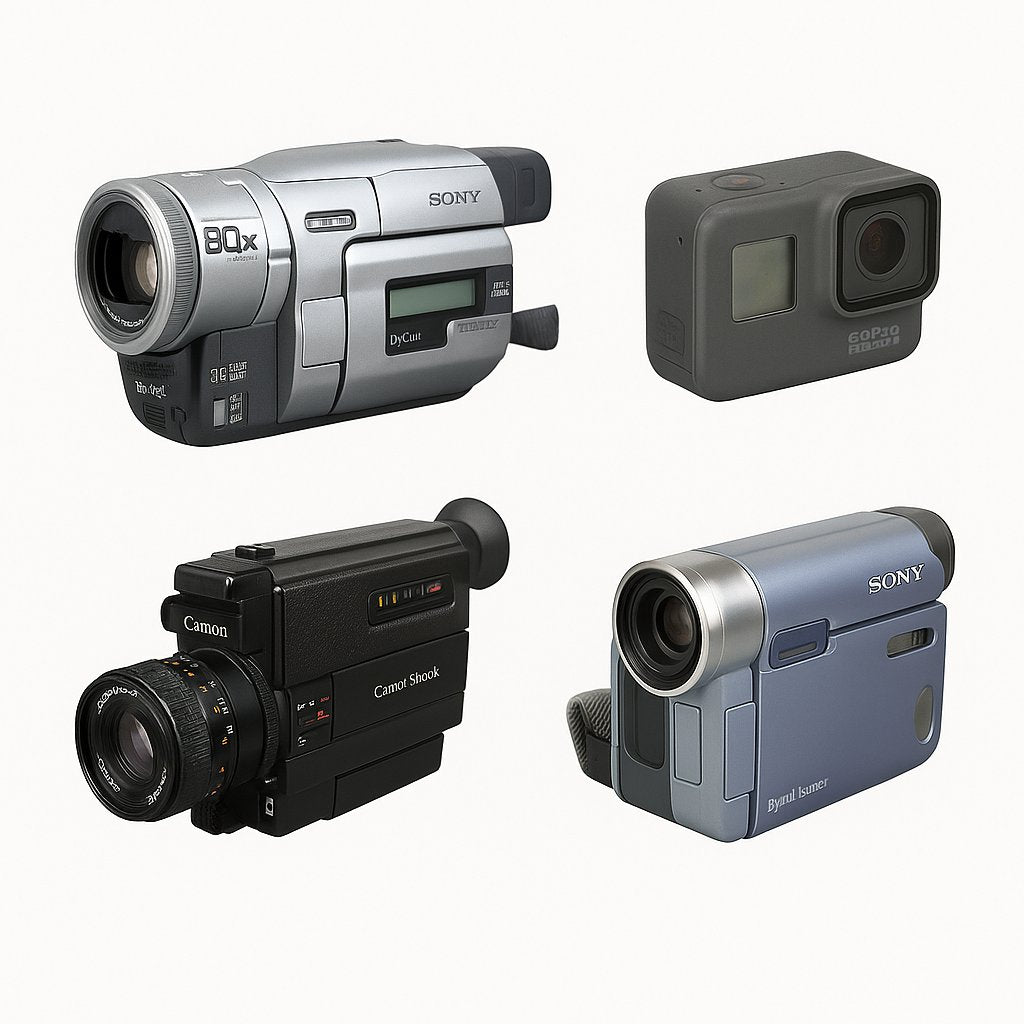
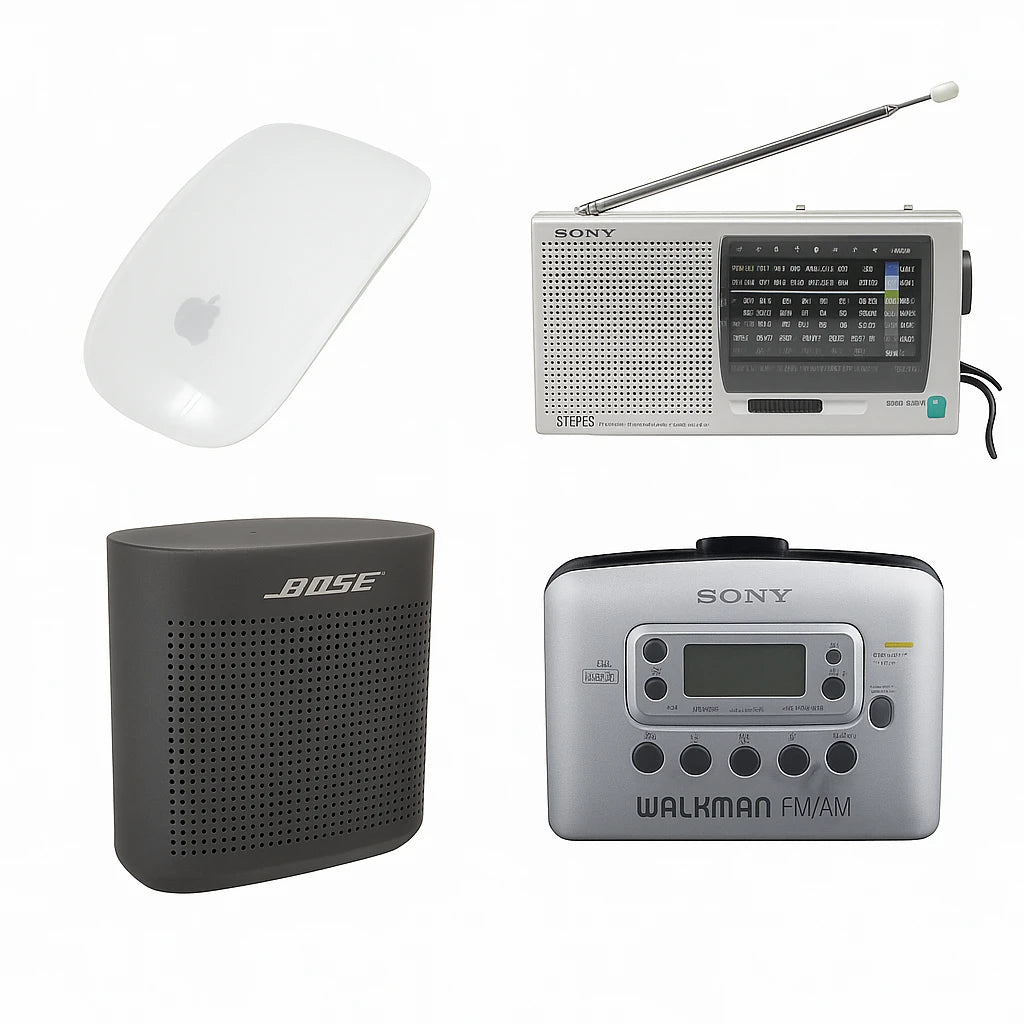
0 comments